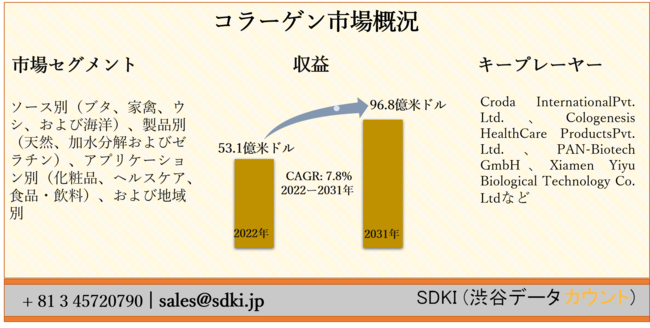According to a new market research report titled ‘Ultrasonic Testing Equipment Market – Global Industry Analysis, Size, Share, Growth, Trends, and Forecast, 2019–2027,’ published by Transparency Market Research , the global ultrasonic testing equipment market is expected to reach value of US$ 1,868.3 Mn by 2027, expanding at a CAGR of 7.8% from 2019 to 2027. According to the report, the global market is expected to be influenced by continuously rising demand for ultrasonic test equipment for use in the inspection of pipelines in the oil & gas industry during the forecast period.
Similarly, other industries, such as power generation, aerospace & defense, automotive, manufacturing, construction, and medical, are also influenced by increased adoption of the ultrasonic testing technology to detect flaws, cracks, voids, and discontinuity in the product or material. This increased adoption of ultrasonic testing can directly augment the ultrasonic testing equipment market.
In terms of demand, North America is projected to lead the global market for ultrasonic testing equipment, with the market in the region expanding at a CAGR of 7.8% between 2019 and 2027. Increasing investments in the oil & gas industry for safe transportation of oil and gases through pipelines and stringent government regulations about safety and quality controls are anticipated to significantly drive the market during the forecast period.
Request a Sample -
Rising demand for weld technology for use in oil and gas pipelines
The global ultrasonic testing equipment market is projected to expand at a significant rate during the forecast period, due to increasing demand for use of the weld technology in oil and gas pipelines. At the global level, oil and gases are primarily transported by four mediums: rail, trucks, boats, and pipelines. Among these, 100% of natural gas is transported by pipelines, owing to difficulty in and the cost of transforming natural gas into liquid form. Also, 70% of crude oil and petroleum products are shipped by pipelines in the U.S.
Demand for safe transportation of these explosive gases leads to high demand for ultrasonic testing of the weld technology for pipelines. For this testing, various ultrasonic testing equipment are used across the globe. Apart from the oil & gas industry, ultrasonic testing equipment are increasingly being used in various sectors, such as aerospace & defense, automotive, medical, and construction, in order to identify faults, if any, in the manufacture of components. This testing ensures structural integrity and quality of products. This can make the product or system more efficient in terms of performance and reliability. This is projected to augment the demand for ultrasonic testing equipment across the world in the next few years.
Global Ultrasonic Testing Equipment Market: Scope of Report
The global ultrasonic testing equipment market has been broadly segmented based on product, component, technique, end-use industry, and region. In terms of product, the market has been divided into flaw detectors, thickness gauges, ultrasonic scanners, and others. Among these, the flaw detectors segment holds a significant share of the market, owing to portability and ease of use offered by flaw detectors. Ultrasonic flaw detectors are small-sized, portable, microprocessor-based instruments suitable for both shop and field use.
Read More Press Release@ https://www.prnewswire.com/news-releases/rising-focus-on-customer-satisfaction-and-efforts-for-improving-quality-of-vehicular-drives-the-growth-of-global-automotive-coil-spring-market-301015194.html
They generate and display an ultrasonic waveform that enables a trained operator to locate and categorize flaws in test pieces, often with the aid of analysis software. The flaw detectors segment is anticipated to expand at a CAGR of 7.9% during the forecast period. In terms of component, the ultrasonic testing equipment market has been classified into hardware and services. Among these, the hardware segment held a prominent share of the global market in 2018 and is further expected to maintain its dominance throughout the forecast period. In terms of technique, the market has been categorized into conventional and advanced. The advanced segment comprises several testing techniques such as time-of-flight diffraction, phased array, long-range ultrasonic testing (LRUT), and others. Owing to continuous innovations in ultrasonic testing techniques, the advanced segment is anticipated to hold ~80% share towards the end of the forecast period. Based on end-use industry, the global ultrasonic testing equipment market has been classified into oil & gas, aerospace & defense, power generation, automotive, manufacturing, and others. The oil & gas segment is expected to consistently lead the ultrasonic testing equipment market owing to increasing investments in the oil & gas industry.






